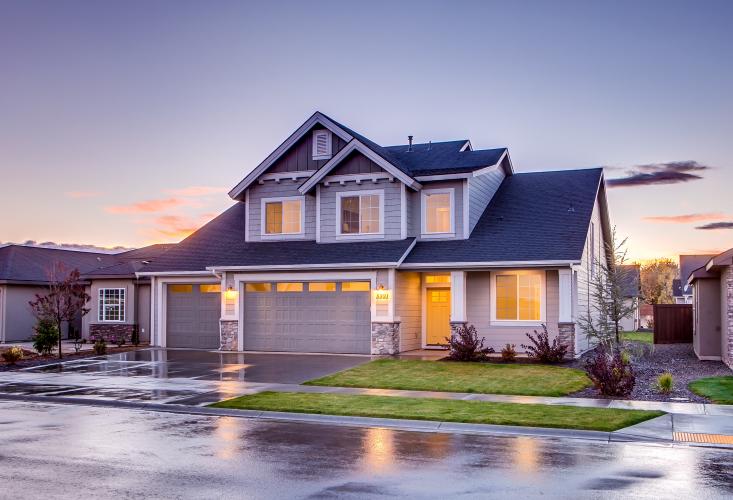Bgroho Insights
Your daily source for news, tips, and inspiration.
Save Cash and the Planet with These Energy-Efficient Home Hacks
Discover clever energy-efficient hacks to slash your bills and save the planet. Start your journey to a greener, cheaper home today!
Top 10 Energy-Efficient Upgrades for Your Home
Upgrading your home with energy-efficient solutions not only reduces your carbon footprint but also saves you money in the long run. Here are the Top 10 Energy-Efficient Upgrades for Your Home:
- Insulation: Enhancing your home’s insulation is crucial for maintaining temperature and reducing energy consumption.
- Energy-Efficient Windows: Installing double or triple-pane windows can significantly decrease heat loss.
- LED Lighting: Replacing traditional bulbs with LED lights can reduce your lighting energy use by up to 75%.
- Smart Thermostat: Investing in a smart thermostat allows you to optimize heating and cooling schedules.
- High-Efficiency Appliances: When it’s time to replace old appliances, choose ENERGY STAR-rated models.
- Solar Panels: Harnessing solar energy can drastically lower your electricity bills.
- Water-Saving Fixtures: Installing low-flow faucets and showerheads can reduce water use without sacrificing performance.
- Seal Air Leaks: Identify and seal air leaks around doors and windows to improve energy efficiency.
- Upgrade Heating and Cooling Systems: Consider high-efficiency HVAC systems that use less energy.
- Smart Power Strips: Using smart power strips can help reduce phantom energy usage.

How to Reduce Your Energy Bills with Simple Home Hacks
Reducing your energy bills can be easier than you think. By implementing a few simple home hacks, you can significantly lower your monthly expenses. Start with insulating your home properly. Ensure that windows and doors are sealed tightly to prevent drafts. You can also use weatherstripping and caulking to keep warm air in and cold air out. Another effective hack is to install energy-efficient light bulbs, which consume less electricity and last much longer than traditional incandescent bulbs.
Moreover, consider adjusting your thermostat settings. Setting your thermostat just a few degrees lower in the winter and a few degrees higher in the summer can lead to substantial savings on your energy bill. Additionally, utilize natural light as much as possible during the day. Open curtains and blinds to let sunlight illuminate your home, reducing the need for artificial lighting. Lastly, remember to unplug devices when they're not in use. Many electronics consume energy even in standby mode, so cranking down on these phantom loads can make a significant difference in your energy consumption.
What Are the Best Practices for Creating a Sustainable Living Space?
Creating a sustainable living space involves a combination of mindful choices and eco-friendly practices. The first step is to maximize energy efficiency. This can be achieved by using energy-efficient appliances, sealing windows and doors to prevent drafts, and incorporating smart home technology that automatically adjusts energy usage. Additionally, consider installing solar panels or utilizing renewable energy sources to reduce your carbon footprint. Adopting a minimalist design can also contribute to sustainability; by decluttering and choosing multifunctional furniture, you can limit waste and promote a healthier environment.
Water conservation is another critical aspect of a sustainable living space. Implementing low-flow fixtures and rainwater harvesting systems can significantly reduce water consumption. Create a garden with native plants that require less irrigation, and consider composting organic waste to enrich your soil without chemical fertilizers. Moreover, educating yourself about sustainable materials is essential; opt for recycled or sustainably sourced products when making purchases for your home. By following these best practices, you not only create a sustainable living space but also contribute to a healthier planet for future generations.